Description
Sony Cyber-shot DSC-RX100 VII is the latest addition to the popular RX100 series of digital cameras by Sony. This digital camera packs in some of the most advanced features that Sony has to offer, making it one of the most versatile and powerful point-and-shoot cameras in the market.
The DSC-RX100 VII features a 20.1 megapixel 1-inch Exmor RS CMOS sensor, which is capable of capturing stunningly sharp and detailed images. The sensor is paired with a powerful BIONZ X image processor, which enhances the camera’s performance with high-speed image processing, noise reduction, and improved color accuracy.
One of the unique features of the RX100 VII is the new retractable 24-200mm zoom lens, providing an impressive range of focal lengths in a compact package. The lens is equipped with Sony’s Optical SteadyShot image stabilization technology, which ensures that your images remain sharp, even when shooting in low light or at slower shutter speeds.
The camera also comes with a fast, AF system that uses 357 phase-detection and 425 contrast-detection points for lightning-fast autofocus. The camera’s AF system is also intelligent and can detect and track objects with remarkable accuracy, making it perfect for shooting action scenes, sports events, or wildlife.
In addition to exceptional image quality, the DSC-RX100 VII also offers advanced video capabilities, with 4K video recording up to 30fps, Full HD up to 120fps, and super slow-motion up to 960fps. The camera also features microphone and headphone jacks, which make it a great choice for professional videographers who need high-quality audio recording and monitoring.
The camera also features a range of manual controls, including manual focus, manual exposure modes, and customizable buttons, making it ideal for seasoned photographers who want complete control over their images.
The Sony Cyber-shot DSC-RX100 VII is also equipped with Wi-Fi and Bluetooth connectivity, which allows for easy image transfer and camera control via a smartphone or tablet. The camera also has GPS tagging capabilities, which can automatically tag your images with location data.
Overall, the Sony Cyber-shot DSC-RX100 VII is an excellent choice for anyone in the market for a versatile and powerful point-and-shoot camera. With its advanced image processing, fast autofocus, and exceptional video capabilities, it is one of the best options in its category.
Digital Compact, CMOS, 1, 30-1/32000, 20.1 MP, Water Resistant, Bluetooth, NFC, Wi-Fi, 275g
Sony Cyber-shot DSC-RX100 VII properties
| Product name | Cyber-shot DSC-RX100 VII |
| Type | Digital Compact |
| Lens | Integrated |
| Aperture (Lens data) | F2.8-4.5 |
| Focal Length | 24-200mm |
| Ports | HDMI, USB |
| Memory Cards | MS Duo, SD, SDHC, SDXC, microSD, microSDHC, microSDXC |
| Features | Bluetooth, NFC, Water Resistant, Wi-Fi |
| Viewfinder | Electronic (EVF), LCD/OLED |
| Shutter Speed | 30-1/32000 bps |
| Continuous Drive | 90 fps |
| Auto Focus | Yes |
| AF points | 425 |
| Image Stabilization | Yes |
| Manual Focus | Yes |
| Optical Zoom | 8.0 x |
| Digital Zoom | 32.0 x |
| Image File Format | DCF, DPOF, EXIF, JPEG, RAW |
| Flash | Built-in |
| Battery Type | Lithium-ion battery |
| Display Size | 3.0 “ |
| Display Resolution | 921000 pixels |
| Max Video Resolution | 3840×2160 (4K) |
| Video resolutions (fps) | 3840X2160 (24, 25, 30 fps), 1920×1080 (24, 25, 30, 50, 60, 100, 120 fps), 1280×720 (25, 30 fps) |
| Video File Format | AVCHD |
| Audio File Format | AAC, PCM |
| Sensor Type | CMOS |
| Sensor Format | 1 |
| Effective Pixels | 20.1 MP |
| ISO Rating | 100/125/160/200/250/320/400/500/640/800/1000/1250/1600/2000/2500/3200/4000/5000/6400/8000/10000/12800 |
| Weight | 275.0 g |
| Dimensions (HxWxD) | 58X102X43 mm |
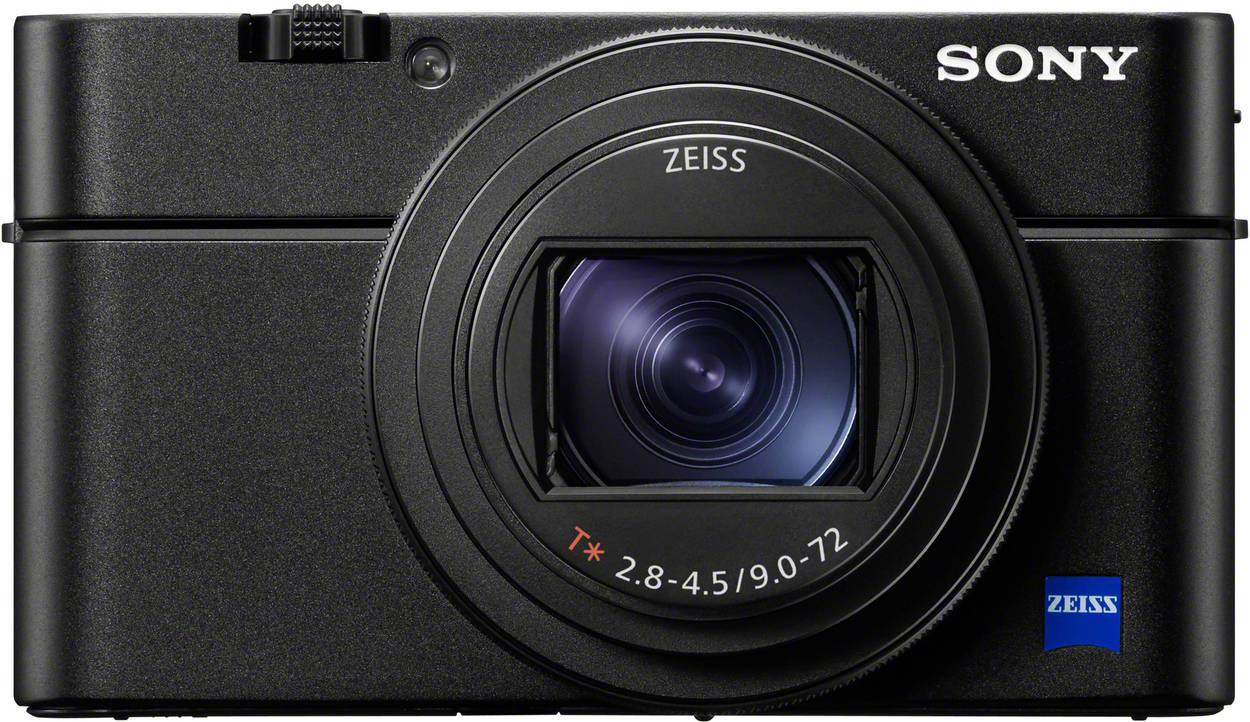


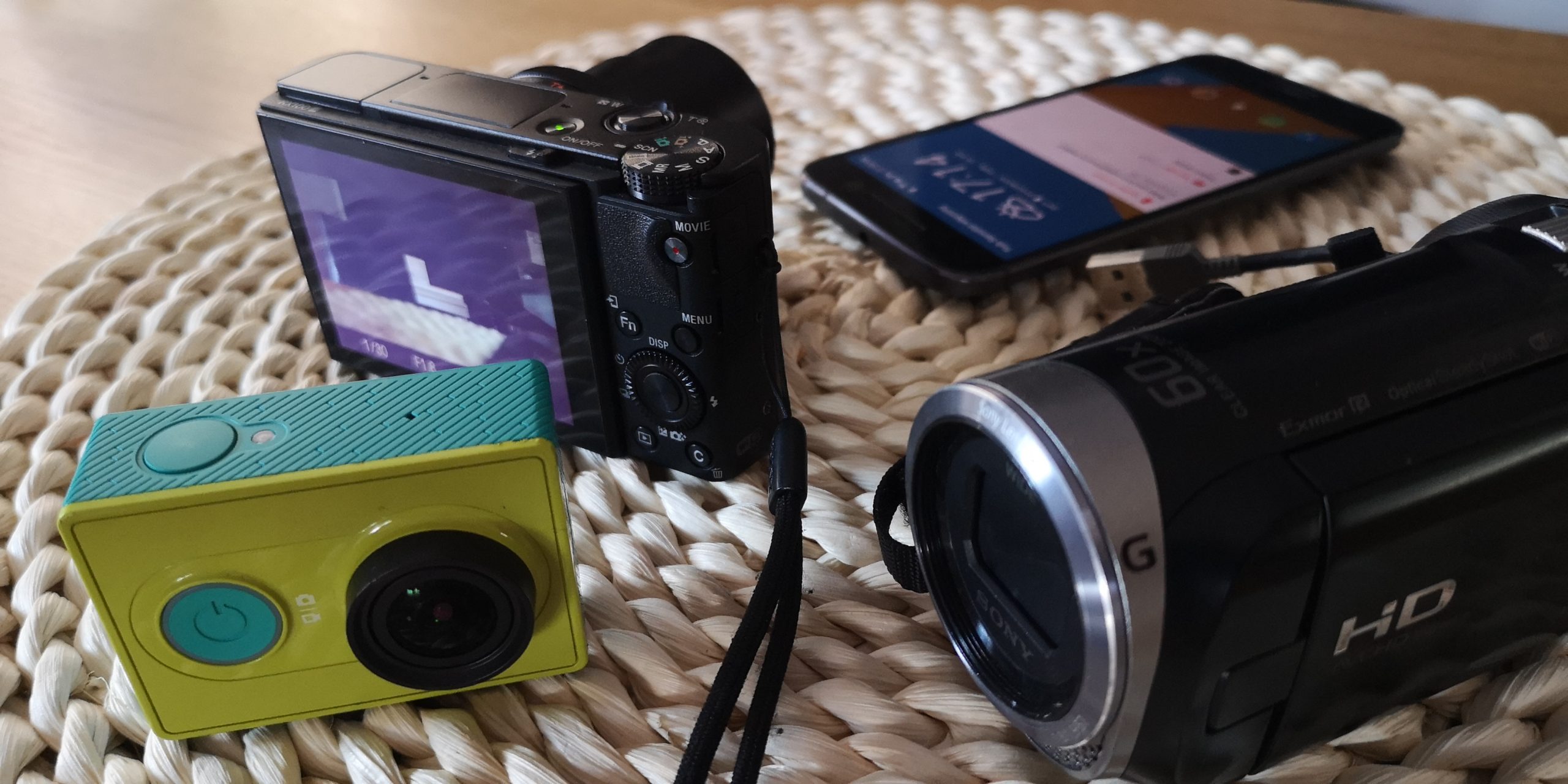
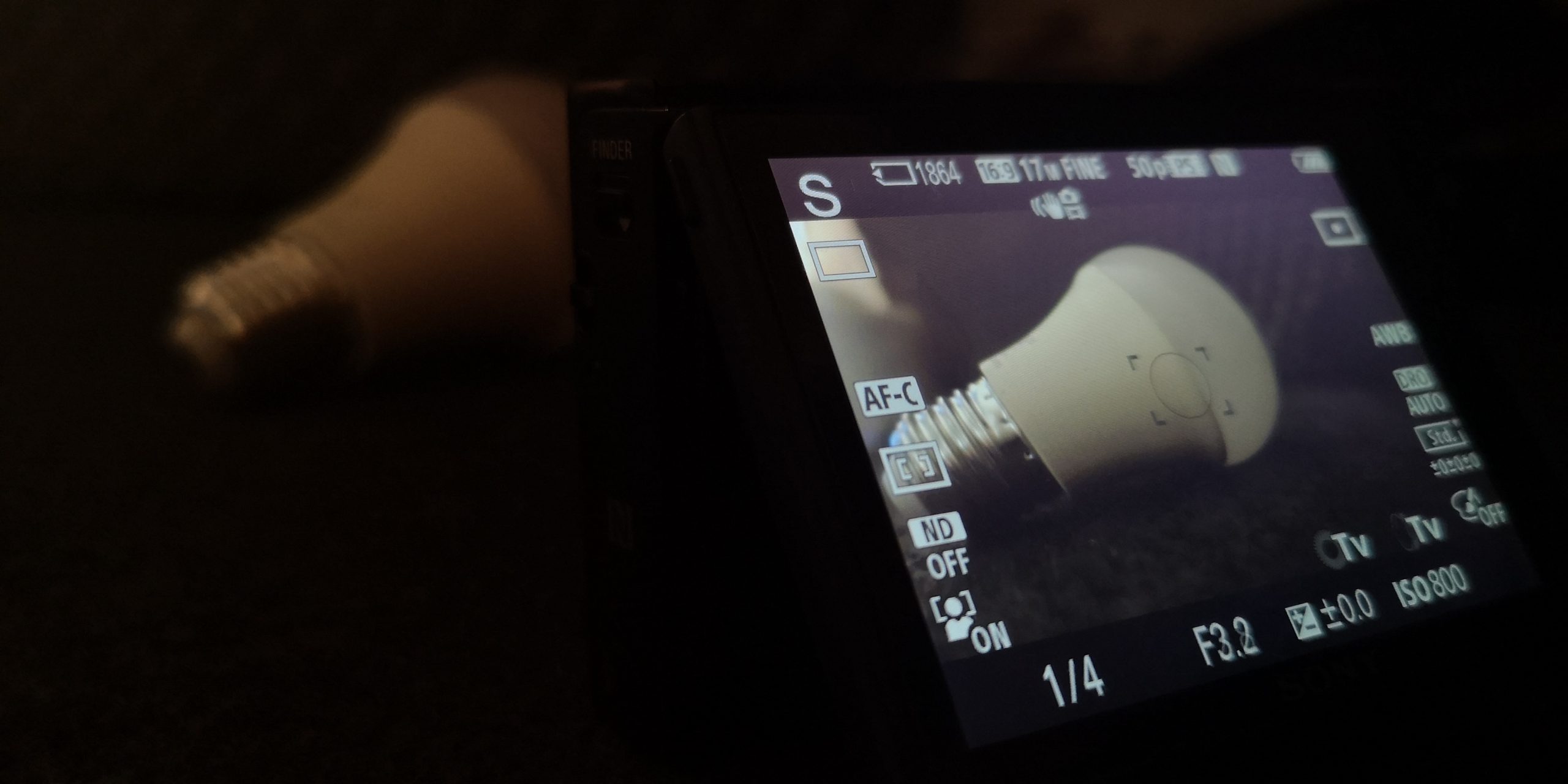
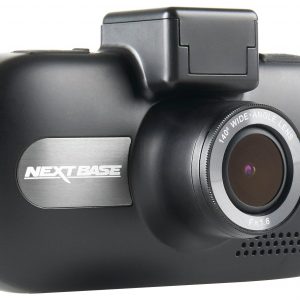
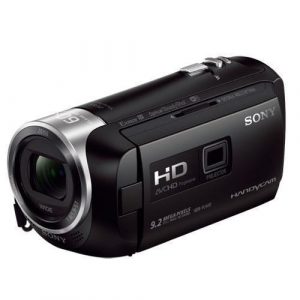
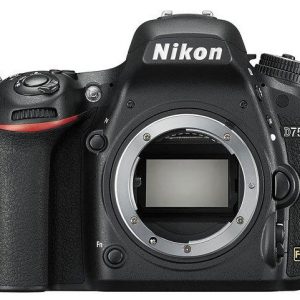
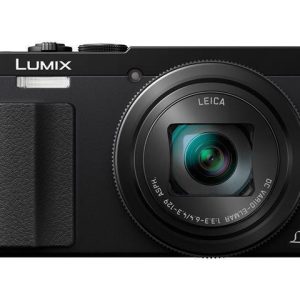
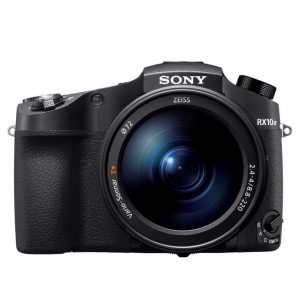
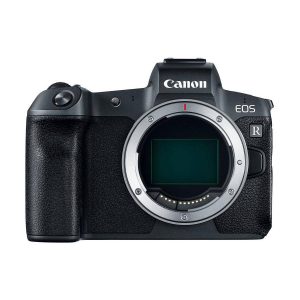
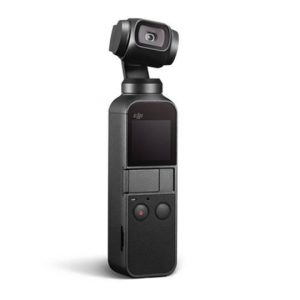
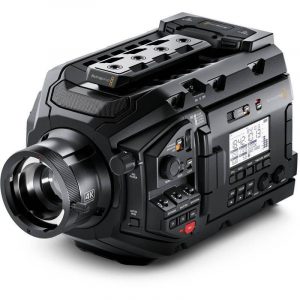
Cillian Knight –
Very good, fantastic equipment. Version 5a allows you to fully configure your own settings so there is no problem finding them. The lens is very good. The quality of the photos is great and you can see it only with the raw materials processed in capture one, LR PS and the editor from Sony do not cope with the conversion of raw materials and give blurry and cluttered images. If someone decides on full automation without bothering with a digital darkroom then they will not be disappointed either. 4K movies – the excavator falls to the ground, professional quality with the possibility of settings as in professional cameras. I bought this camera without conviction because of the opinions that are not always positive. As it turned out, they were written by people who had little to do with this camera. Several years have passed since the premiere and the price is becoming more and more attractive. I will remind the Malcontents that this is not a full frame with two-glass glass but a 300 gram compact pocket.
Catherine Hale –
The Sony Cyber-shot DSC-RX100 VII, a camera that brings back memories of a bygone era when photography was an art form, not just a mere point-and-shoot exercise. I recall the days when photographers toiled over their craft, meticulously setting each exposure and adjusting every nuance to capture the perfect shot. The RX100 VII, with its 1-inch sensor and impressive feature set, is a far cry from those analog days, but does it live up to its promise?
Cillian Knight’s glowing review of version 5a has me questioning his sanity. He claims that the camera’s settings can be fully configured, allowing for precise control over each shot. I’m not so sure. In my experience, the RX100 VII is a masterclass in compromise. While it offers an impressive array of features, including 4K video and a touchscreen interface, it often feels like a juggling act trying to balance the need for manual control with the desire for ease of use.
And then there’s the issue of image quality. Knight claims that only by processing raw files in Capture One can you truly appreciate the camera’s capabilities. I disagree. While it’s true that raw files offer more flexibility, I’ve found that the RX100 VII’s JPEG output is often lacking in detail and clarity. And as for the editor from Sony not coping with raw file conversion I’m not so sure about that either.
But what really gets my goat is Knight’s assertion that this camera is a fantastic equipment simply because it offers manual control. Newsflash, Cillian: just because you can set each exposure and aperture doesn’t mean the camera is good at it. In fact, I’d argue that the RX100 VII’s sensor is its biggest weakness it’s simply not as sensitive or capable as a full-frame sensor.
And speaking of weaknesses, have you seen the news lately? Public inquiries are failing to deliver change, despite promising results for victims. It’s a stark reminder that even with the best intentions and most advanced technology, sometimes things just don’t work out as planned. Maybe it’s time for Sony to take a hard look at their camera design and ask themselves: is this really what we want in a compact point-and-shoot?
In conclusion, while the RX100 VII has its strengths including its impressive feature set and 4K video capabilities I’m not convinced that it lives up to Knight’s glowing praise. It’s a compromise, a trade-off between ease of use and manual control, and one that ultimately falls short of expectations.
Rating: 3/5
Recommendation: If you’re looking for a compact point-and-shoot with manual controls, look elsewhere. The RX100 VII may offer some impressive features, but at the end of the day, it’s just not as good as it thinks it is.